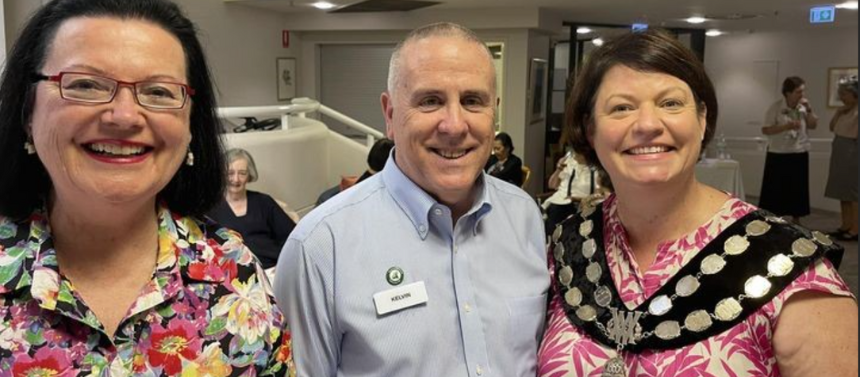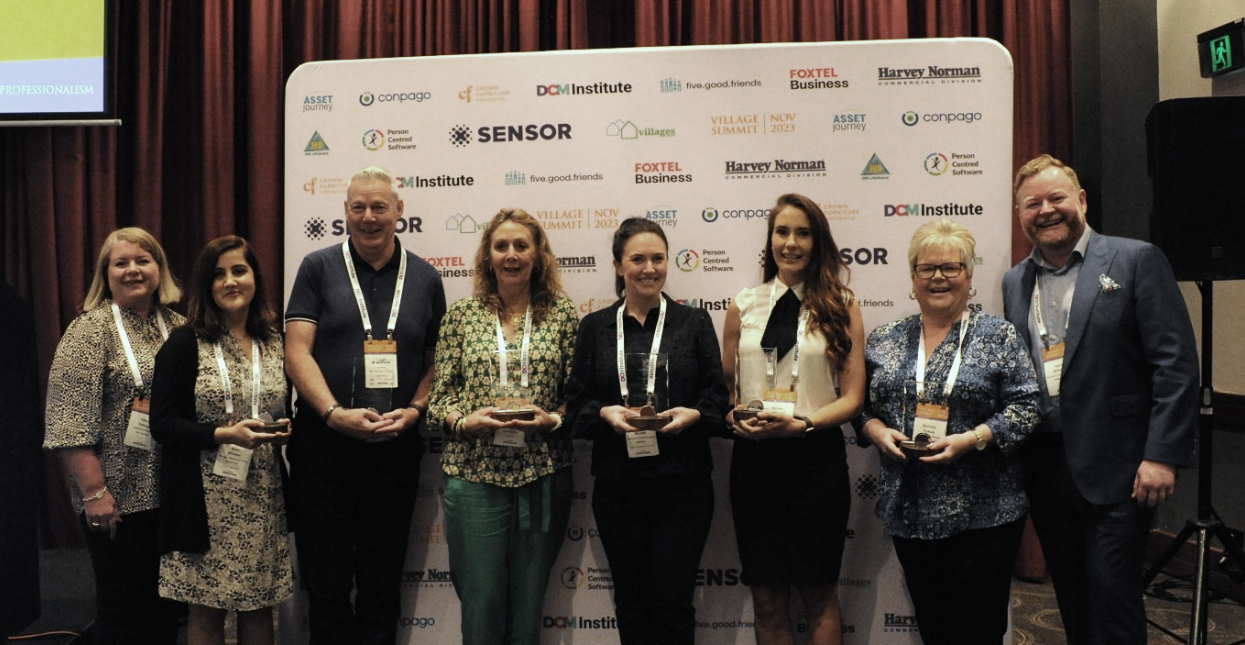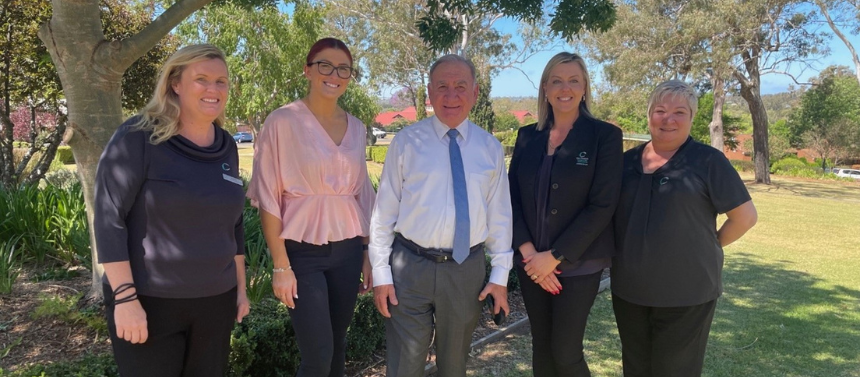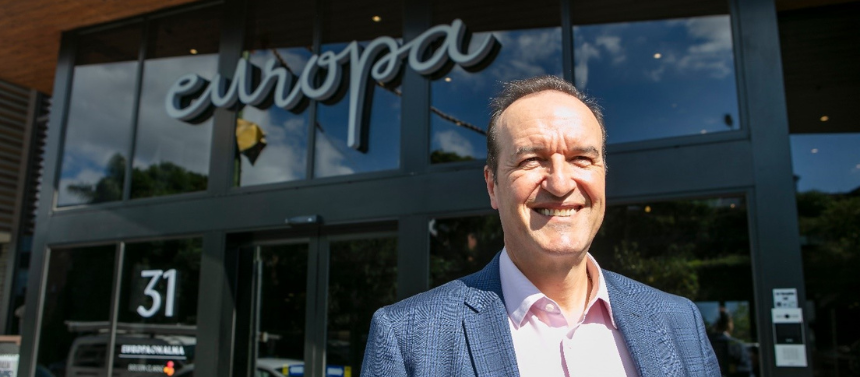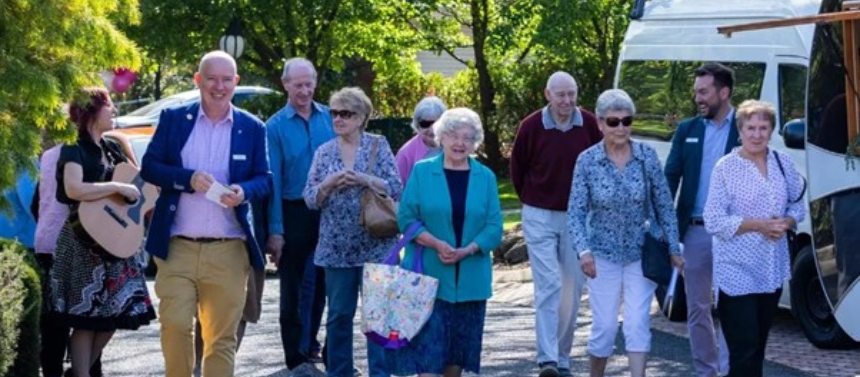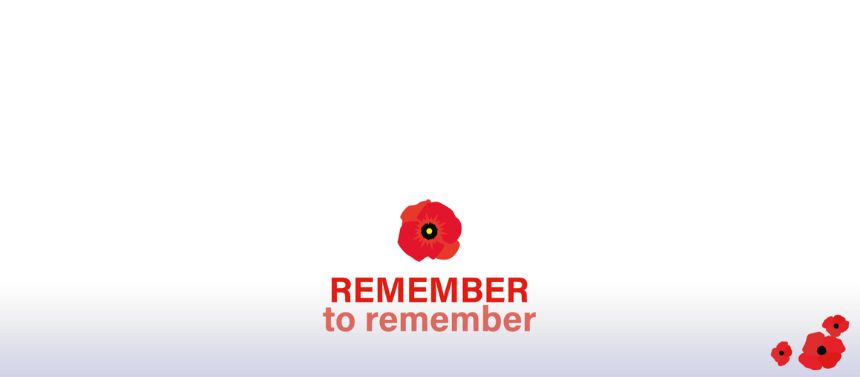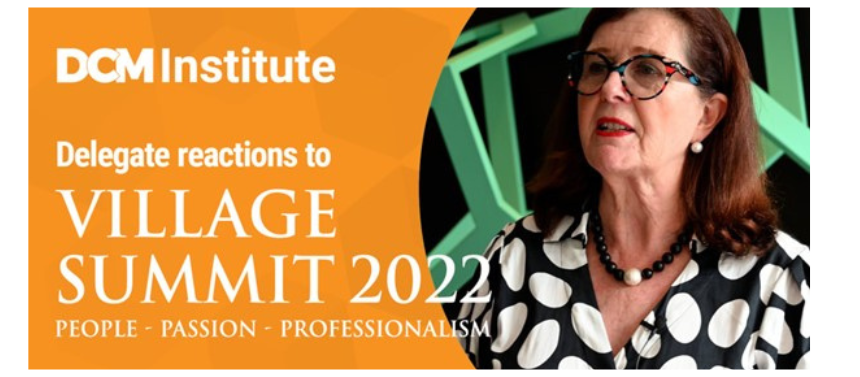We can all agree that one of the key requirements of a Village Professional is to put people first. The …
The Independent Living and Social Housing Residents at Dougherty Apartments Retirement Housing Project, call it a “smash hit.” Kelvin Neave …
One of the most rewarding parts of the VILLAGE SUMMIT is recognising individual excellence of Village Professionals who have achieved …
Carrington Care CEO Raad Richards, Village Co-ordinator Carla Upfill, Executive Assistant Emma Johnson, Hotel Services Co-ordinator Cathy McDonald, Volunteer Co-ordinator …
I was talking to a colleague the other day who does both Village Manager and sales. I was reminiscing how …
Earlier this week, The Weekly Source reported on a conversation Chris Baynes had with Judy Mayfield, President of the Association …
Guy Marinucci traded a 25-year career in Hospitality for the rewards of being the first Village Manager at Europa on …
Lincoln Emsley, after nearly 20 years in commercial property, is one of Keyton’s dedicated Community Connect managers in Victoria. Community …
We are sometimes so focused on our residents that we forget the other important relationships we have within our communities …
On 11 November 1918, the guns of the Western Front fell silent after four years of continuous warfare. With their …
In two-week’s time, VILLAGE SUMMIT enters its fifth year of presenting a single day of celebration, motivation and leadership for …


